Case Study: Hope Mine Site Remediation Project
December, 2024 Posted at 21:57h in Biochar for Remediation: Research and Case Studies
Protecting local drinking water in Aspen
Hope Mine, a former silver mine near Aspen, CO, contained heavy metals including arsenic, cadmium, lead, and zinc, posing a risk to the local drinking water supply. To address these challenges, biochar was combined with seed mix, compost, and fungi and applied to the impacted soils to stabilize the soil, promote revegetation, and immobilize the metal contaminants.
Results:
Within a year of the biochar amendment application, plant life was successfully reestablished across the treated areas without the need for irrigation and the biochar amendment was effective in sequestering and immobilizing heavy metals, reducing their leaching into the local water system.
